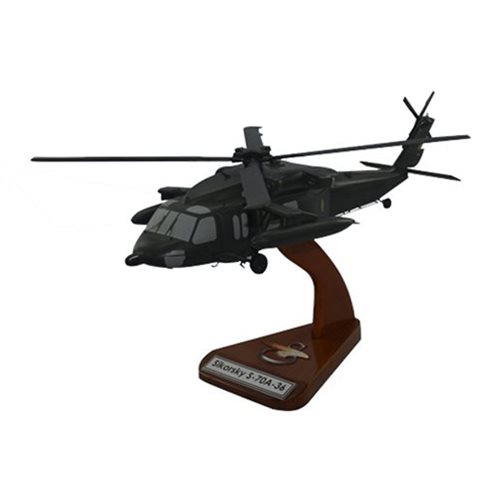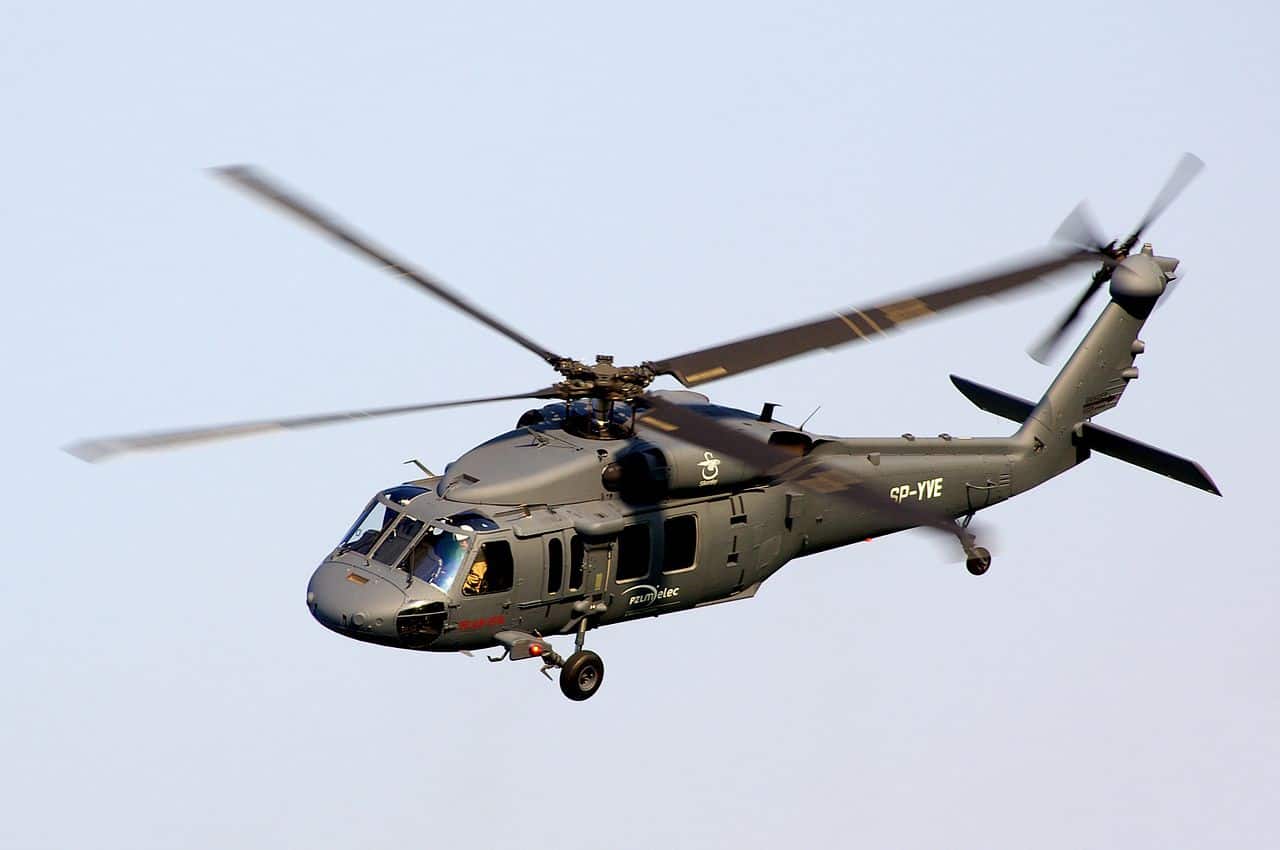Rotary-Wing Airplane Offering Superior Longevity and Accuracy Engineering
In the realm of aviation, rotary-wing aircraft have actually long been identified for their one-of-a-kind capacities in various functional settings. As we discover the detailed equilibrium in between advancement and integrity in rotary-wing airplane, it comes to be noticeable that the merging of innovative innovation and tested style principles has actually established a brand-new criterion for efficiency and effectiveness in the aerospace industry.
Evolution of Rotary-Wing Modern Technology
Throughout the background of air travel, the development of rotary-wing technology has actually been a testimony to continuous advancement and innovation in aerial engineering. From the early days of upright flight with basic designs to the innovative helicopters and other rotary-wing airplane these days, the development in this field has been remarkable.
In the very early 1900s, pioneers like Igor Sikorsky and Juan de la Cierva made significant strides in rotary-wing modern technology. Sikorsky's VS-300 helicopter, very first flown in 1939, marked a zero hour in the advancement of useful rotary-wing airplane. This success led the way for additional developments in upright flight capacities.

Today, rotary-wing airplane play vital duties in various industries, including armed forces procedures, emergency situation medical services, legislation enforcement, and industrial transport. The development of rotary-wing technology remains to press the borders of what is possible in vertical flight, guaranteeing that these aircraft stay crucial properties in the air travel industry.
Materials and Building Innovations
Showing a blend of sophisticated products and precise construction techniques, rotary-wing airplane have actually undertaken substantial advancements in sturdiness and performance. One of the key innovations in materials made use of for rotary-wing airplane is the raising application of composite products. These products, such as carbon fiber enhanced polymers, use a high strength-to-weight proportion, improving both the structural honesty and total efficiency of the aircraft. Additionally, advancements in making procedures have actually permitted for even more precise and detailed building of rotary-wing components, contributing to boosted aerodynamics and efficiency.
Moreover, the integration of sophisticated coverings and surface area treatments has actually played an essential role in boosting the sturdiness of rotary-wing airplane. These finishings give security versus corrosion, abrasion, and severe climate condition, expanding the lifespan of the airplane and reducing upkeep needs.
In terms of building innovations, additive manufacturing, additionally referred to as 3D printing, has reinvented the manufacturing of complicated elements for rotary-wing aircraft. This innovation permits rapid prototyping and personalization, bring about faster development cycles and minimized prices. Overall, the constant development of products and construction methods is driving the capacities and performance of rotary-wing aircraft to new heights.
Precision Trip Control Equipment

The combination of GPS technology further boosts the accuracy and reliability of these systems, enabling exact navigation, waypoint monitoring, and automated flight control. sikorsky s 70. This level of precision not just improves the safety of rotary-wing procedures however also boosts overall functional effectiveness and mission performance
Furthermore, the continual innovations in expert system and device learning have actually facilitated the growth of autonomous trip capabilities within Accuracy Flight Control Solution. This enables rotary-wing aircraft to execute complicated missions with unparalleled accuracy and uniformity, making them important properties in a vast array of applications, including armed forces procedures, search and rescue missions, and aerial digital photography.
Resilience in Testing Environments
Sought after operational setups, rotary-wing airplane demonstrate phenomenal resilience and toughness, making certain optimal performance under difficult ecological problems. These aircraft are developed to hold up against a large range of environmental aspects, consisting of severe our website temperature levels, high winds, and rough terrain, making them appropriate for different goals in varied landscapes.
One key factor adding to the sturdiness of rotary-wing airplane is their sturdy building and construction. These airplanes are built utilizing high-grade products and advanced design techniques to boost their structural learn this here now stability and reliability. Additionally, components such as rotor blades, engine systems, and landing gear are carefully created to stand up to the stress and anxieties and pressures run into throughout procedures in difficult atmospheres.
Furthermore, rotary-wing aircraft are equipped with sophisticated onboard systems that check efficiency metrics in real-time, permitting for positive maintenance and early discovery of possible problems - sikorsky s 70. This positive method helps protect against unexpected failings and makes sure the continued airworthiness of the aircraft popular operational setups. Generally, the sturdiness of rotary-wing aircraft in challenging settings is a testament to their superior design and style, making them important assets for various mission-critical procedures
Maintenance and Integrity Specifications
The adherence to strict upkeep and dependability standards is extremely important in making sure the optimal efficiency and safety of rotary-wing airplane. Regular upkeep checks, conducted by qualified service technicians, are vital to recognize and deal with any kind of prospective concerns before they endanger the aircraft's capability. These checks encompass a detailed assessment of all crucial parts, including the engine, blades system, avionics, and hydraulic systems, to assure that they are in prime functioning condition.
Furthermore, adherence to set up maintenance periods in conformity with producer standards is crucial for maintaining the aircraft's dependability. This aggressive approach assists protect against unexpected malfunctions and makes certain that the airplane continues to be airworthy for its intended objectives. In addition, the implementation of robust dependability criteria, such as routine part screening and substitute based upon fixed lifecycles, further improves the aircraft's reliability.
Verdict

In conclusion, the developments in rotary-wing aircraft innovation have actually led to exceptional sturdiness and accuracy design. With ingenious products and building and construction strategies, in addition to accuracy trip control systems, these airplane can run in tough settings with raised dependability. The upkeep and dependability requirements make sure that these rotary-wing aircraft continue to carry out at their finest, making them necessary possessions for various markets.
Demonstrating a combination of cutting-edge materials and precise construction strategies, rotary-wing aircraft have actually undergone considerable innovations in sturdiness and efficiency. One of the essential technologies in materials made use of for rotary-wing aircraft is the increasing application of composite products.With precise attention to information and advanced technological assimilation, rotary-wing airplane have welcomed Accuracy Flight Control Systems as a keystone of their operational excellence. On the whole, the longevity of rotary-wing aircraft in challenging settings is a site here testament to their premium engineering and layout, making them vital possessions for numerous mission-critical operations.
In conclusion, the improvements in rotary-wing aircraft modern technology have led to premium sturdiness and precision design.
Comments on “Why the Sikorsky S 70 is the Preferred Option for Modern Helicopter Missions”